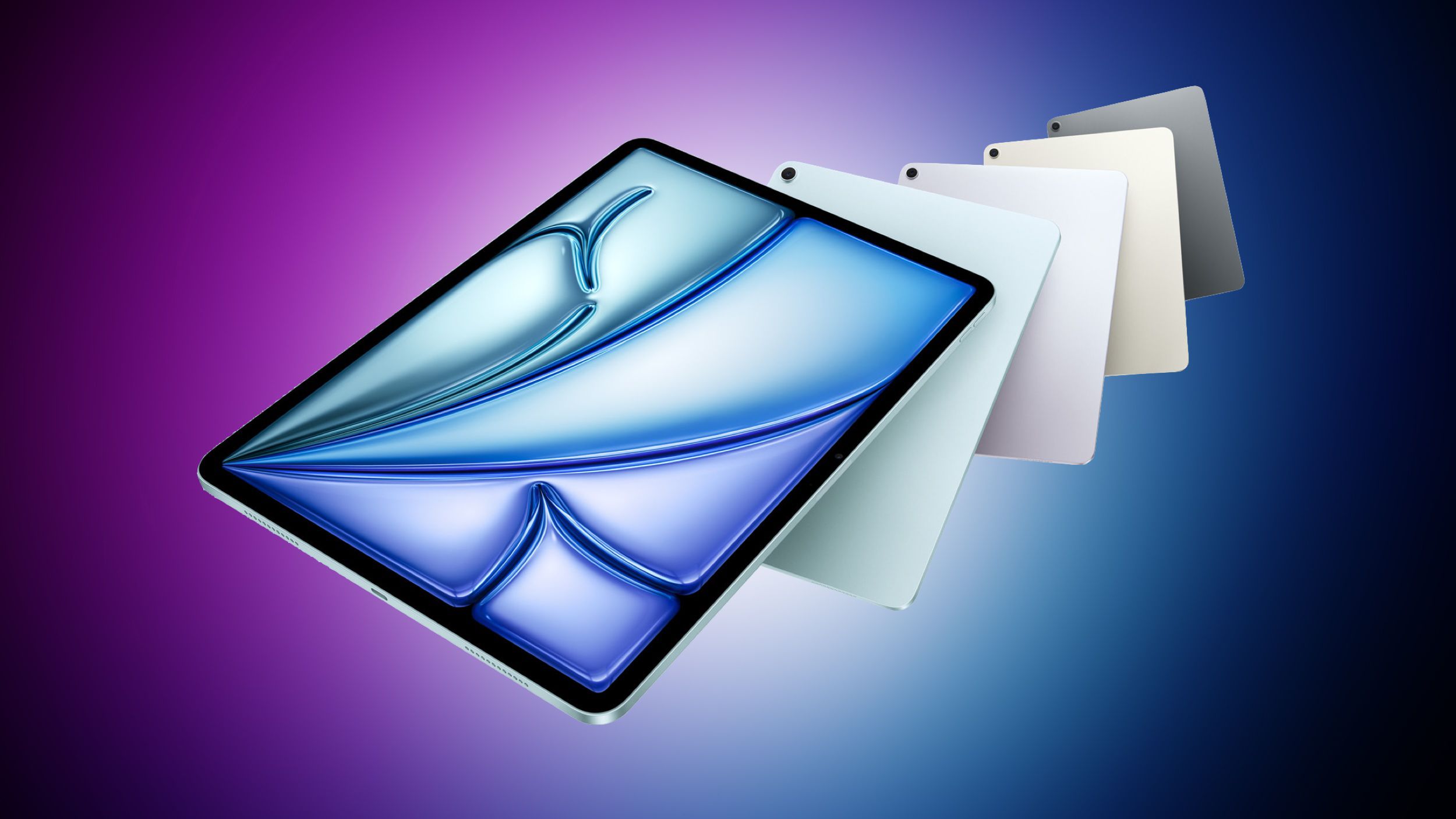The Uno Platform team has simultaneously rolled out two significant updates: version 6.4 of the platform framework and version 2.0 of its premium tooling, Uno Platform Studio. Released on November 11th, 2025, these updates bring official support for .NET 10 and Visual Studio 2026, along with a new era of AI‑assisted, ‘agentic’ development features.
Uno platform is an alternative UI platform for building multi-device applications in C# and XAML. It was launched in 2018, after years of internal use by a Canadian company nventive. It allows developers to write applications for Windows, iOS, Android, WebAssembly, macOS and Linux. It is released under the Apache 2.0 open-source license on GitHub.
Before this release, Uno Platform had already supported preview builds of .NET 10 and offered toolchain readiness for VS 2026 via version 6.3, but lacked full GA support. Meanwhile, Uno Platform Studio 1.x focused largely on Hot Reload, Hot Design and design‑to‑code workflows. With 2.0, the Uno Platform moves into the ‘agentic development’ territory where AI models collaborate with developers inside the IDE and runtime context.
Platform enhancements in Version 6.4 are numerous. Uno Platform now fully supports .NET 10 and the new .slnx solution format introduced in VS 2026, with an updated Visual Studio extension. A new status panel inside the IDE surfaces information such as restore progress, server health and SDK workload validation, reducing friction during solution loads and builds.
New Uno Platform status panel in Visual Studio
The Skia rendering engine has been tuned: some rendering cycles were moved off the UI thread, and image loading was optimised. UI shadows are now rendered using hardware acceleration, if available. For Windows desktop apps, developers gain APIs to extend UI into title bar areas, customise drag zones, and use custom-rendered window caption buttons (Minimise, Maximise, Close).
Hybrid UI scenarios, such as rendering XAML elements on top of web content, benefit from Z‑order and airspace fixes in WebView2 hosting. Improved support for loading local HTML/CSS/JS as assets across platforms, including WASM, allows for mapping virtual hostnames to a local app folder.
Uno Platform Studio 2.0 introduces Hot Design Agent. It’s an AI assistant embedded in the visual designer workspace. The agent can read layout hierarchies, detect controls or bindings, and, upon prompt, suggest UI updates, reorganise components, or apply styles, all of that within a running app. Developers can preview changes before committing.
Other additions to the Studio are two new MCP servers: the Uno Platform MCP (documentation and API knowledge layer) and the App MCP (runtime service exposing live state, UI tree, and control properties), which enable agents to interact with live apps. AI agents can now simulate input, inspect state, automate UI tests or provide guidance. During the launch period, the AI features are available without credit limits, allowing developers to explore agentic workflows.
The recommended scenarios for agentic development in Uno Platform Studio are scaffolding apps from a prompt, creating a page from a screenshot, creating an app from a set of Figma files, and modernising an older app done in Xamarin, WPF or Windows Forms.
While .NET 10 is supported, developers still need to confirm the maturity of any dependent libraries or plugins in their ecosystem. Organisations migrating existing Uno Platform apps should follow the migration guide: update global.json, update IDE extensions, and validate Win32 windowing customisations.









